Home>Gardening & Outdoor>Landscaping Ideas>What Kind Of Grass Dies In The Winter
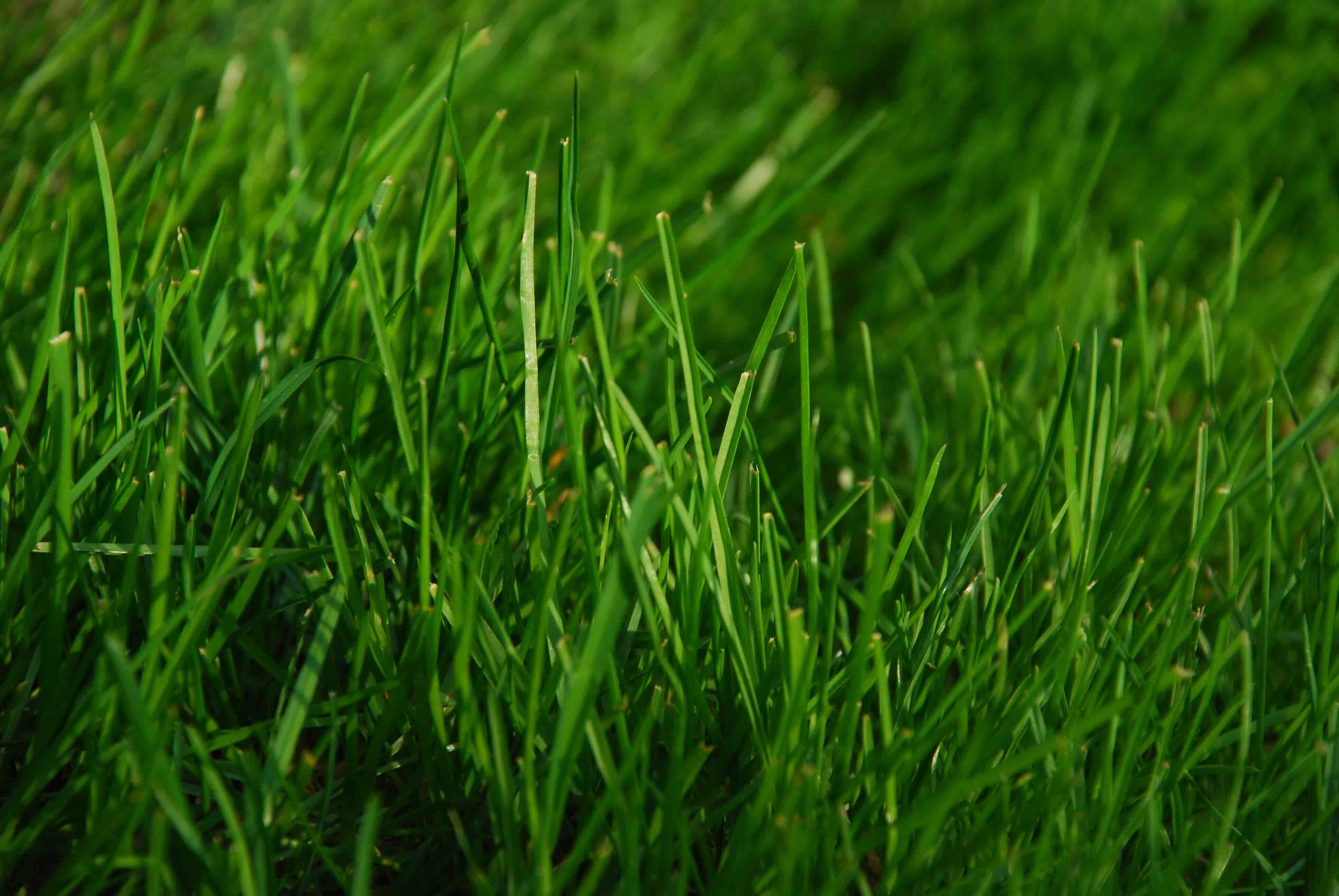

Landscaping Ideas
What Kind Of Grass Dies In The Winter
Modified: March 5, 2024
Discover the best landscaping ideas to protect your grass from winter damage. Learn how to keep your lawn healthy and vibrant all year round.
(Many of the links in this article redirect to a specific reviewed product. Your purchase of these products through affiliate links helps to generate commission for Storables.com, at no extra cost. Learn more)
Introduction
When the winter season approaches, many homeowners and landscapers wonder about the fate of their lush green lawns. The concern is particularly pronounced for those who have invested time and effort into cultivating a vibrant and healthy grass cover. The question that often arises is, "What kind of grass dies in the winter?"
Understanding the behavior of different grass species during the winter months is crucial for maintaining a thriving lawn year-round. In this comprehensive guide, we will delve into the characteristics of warm-season and cool-season grasses, explore the factors that influence grass survival during winter, and provide insights to help you ensure the health and resilience of your lawn in the face of cold weather.
As we embark on this exploration, it's important to recognize that the impact of winter on grasses varies depending on the type of grass and the climate in which it is grown. By gaining a deeper understanding of these factors, you can make informed decisions about lawn care and maintenance, ultimately contributing to the longevity and vitality of your outdoor space.
Key Takeaways:
- Grasses behave differently in winter. Warm-season grasses go dormant, while cool-season grasses stay green. Understanding their needs helps maintain a healthy lawn year-round.
- Factors like temperature, snow cover, and soil moisture affect grass survival in winter. By adjusting care practices, homeowners can nurture resilient lawns that thrive in cold weather.
Read more: Why Is My Grass Dying In Winter
Warm-Season Grasses
Warm-season grasses are known for their ability to thrive in hot and humid climates, making them popular choices for lawns in the southern regions of the United States. These grasses exhibit optimal growth during the warm summer months, but their response to winter conditions differs significantly from that of cool-season grasses.
One of the defining characteristics of warm-season grasses is their tendency to go dormant as temperatures drop. This dormancy is a survival mechanism that allows the grass to conserve energy and withstand harsh environmental conditions. While warm-season grasses may appear brown and lifeless during the winter, they are not dead. Instead, they are in a state of dormancy, awaiting the return of favorable growing conditions.
Common varieties of warm-season grasses include Bermuda grass, Zoysia grass, St. Augustine grass, and Centipede grass. Each of these species has its own unique traits and requirements, but they share a common resilience to heat and drought. This resilience is a key factor in their ability to withstand the challenges posed by winter.
During the winter months, warm-season grasses experience reduced growth and may become susceptible to damage from frost and freezing temperatures. However, their deep root systems and natural hardiness enable them to endure these challenges and emerge revitalized when warmer weather returns. As such, it's important for homeowners and landscapers to adjust their maintenance practices and expectations during the winter, understanding that the grass is simply conserving energy and will rebound when conditions become more favorable.
In regions where winter temperatures are milder, warm-season grasses may retain some green color throughout the season. However, in areas with more pronounced winter conditions, these grasses will typically exhibit a brown or straw-like appearance. This change in color is a visual indicator of the grass's dormancy and should not be cause for alarm.
To support the health of warm-season grasses during winter, it's advisable to minimize foot traffic on the lawn, adjust irrigation schedules to account for reduced water needs, and refrain from fertilization until the grass begins actively growing again. By understanding and respecting the natural dormancy of warm-season grasses, homeowners and landscapers can promote the long-term vitality of their lawns and set the stage for a lush, green resurgence when spring arrives.
Cool-Season Grasses
Cool-season grasses are renowned for their ability to thrive in regions with moderate temperatures, particularly during the cooler months of the year. These grasses exhibit robust growth in the spring and fall, making them well-suited for lawns in the northern regions of the United States. Unlike warm-season grasses, which go dormant in winter, cool-season grasses maintain their vibrant green color and active growth during the colder months.
One of the key advantages of cool-season grasses is their resilience to low temperatures, allowing them to endure frost and freezing conditions without entering dormancy. This characteristic enables them to provide year-round visual appeal and functional benefits, such as erosion control and soil stabilization.
Common varieties of cool-season grasses include Kentucky bluegrass, perennial ryegrass, fine fescue, and tall fescue. Each of these species possesses unique attributes that contribute to their overall hardiness and adaptability. For example, Kentucky bluegrass is known for its lush, dense growth and exceptional cold tolerance, while fine fescue varieties excel in shaded areas and exhibit remarkable drought resistance.
During the winter months, cool-season grasses continue to grow and may require maintenance activities such as mowing and limited irrigation. However, it's important to adjust care practices to accommodate the reduced growth rate and potential dormancy of certain cool-season grasses in extremely cold climates. Additionally, monitoring soil moisture levels and providing adequate drainage are essential to prevent waterlogging, which can be detrimental to the health of cool-season grasses during winter.
In regions with mild winter conditions, cool-season grasses maintain their vibrant green color and active growth, contributing to the visual appeal of landscapes throughout the year. However, in areas with harsher winter climates, these grasses may experience some degree of dormancy or reduced growth, particularly during periods of prolonged cold or snow cover. Despite these temporary changes, cool-season grasses retain their resilience and are well-equipped to rebound when spring arrives.
To support the health and vitality of cool-season grasses during winter, it's advisable to continue monitoring soil moisture, refrain from heavy foot traffic on frozen or snow-covered lawns, and address any issues related to snow mold or winter damage promptly. By understanding the unique characteristics and needs of cool-season grasses, homeowners and landscapers can ensure the long-term success of their lawns and enjoy the enduring beauty and functionality that these grasses provide throughout the winter months.
Consider overseeding your lawn with a cold-tolerant grass variety like ryegrass or fescue to ensure green coverage during the winter months.
Factors Affecting Grass Survival in Winter
The survival of grass during the winter months is influenced by a multitude of factors, each playing a crucial role in determining the resilience and health of the lawn. Understanding these factors is essential for implementing effective strategies to support the grass through the challenges posed by winter.
-
Temperature Fluctuations: Sudden and extreme fluctuations in temperature can have a significant impact on grass survival. Rapid shifts from freezing to thawing conditions can cause stress on the grass, leading to potential damage. Additionally, prolonged periods of extreme cold can affect the ability of both warm-season and cool-season grasses to withstand the harsh winter environment.
-
Snow Cover: In regions where snowfall is common, the presence of a consistent snow cover can act as a protective insulator for grass. However, excessive or prolonged snow cover may lead to issues such as snow mold, which can negatively impact the health of the grass. Proper snow management and removal, when necessary, are essential for mitigating these risks.
-
Soil Moisture Levels: Adequate soil moisture is vital for the survival of grass during winter. While overwatering can lead to waterlogging and potential damage, insufficient moisture can cause the grass to become desiccated and vulnerable to stress. Monitoring soil moisture levels and adjusting irrigation practices accordingly are crucial for supporting grass health during the winter months.
-
Sunlight Exposure: The availability of sunlight plays a key role in the ability of grass to maintain its vitality during winter. Shaded areas may experience reduced growth and increased susceptibility to issues such as snow mold. Proper pruning of overhanging branches and strategic tree management can help optimize sunlight exposure and promote the health of shaded grassy areas.
-
Soil Quality and Drainage: The condition of the soil and its drainage capabilities significantly impact grass survival during winter. Compacted or poorly drained soil can exacerbate issues such as waterlogging and root suffocation, leading to diminished grass health. Implementing soil aeration and addressing drainage concerns are essential for creating an optimal environment for grass to thrive.
-
Pest and Disease Management: Winter conditions can create favorable environments for certain pests and diseases that pose risks to grass health. Monitoring for signs of infestation or disease, implementing preventive measures, and addressing issues promptly are essential for safeguarding the grass against potential threats during the winter months.
By considering these factors and implementing proactive measures to address them, homeowners and landscapers can effectively support the survival and resilience of their grass during the winter season. Through thoughtful observation, strategic care practices, and a deep understanding of the unique needs of different grass species, it is possible to nurture a healthy and vibrant lawn that endures the challenges of winter and flourishes when spring arrives.
Conclusion
In conclusion, the impact of winter on grasses is a dynamic and multifaceted phenomenon that varies based on the type of grass and the environmental conditions in which it is cultivated. Warm-season grasses, known for their resilience to heat and drought, undergo dormancy during winter, conserving energy to withstand the challenges posed by colder temperatures. On the other hand, cool-season grasses maintain their vibrant green color and active growth during the winter months, showcasing their adaptability to moderate temperatures.
Understanding the behavior of different grass species during winter is essential for implementing effective lawn care strategies. By recognizing the unique characteristics and needs of warm-season and cool-season grasses, homeowners and landscapers can tailor their maintenance practices to support the health and resilience of their lawns throughout the winter season.
Factors such as temperature fluctuations, snow cover, soil moisture levels, sunlight exposure, soil quality, and pest and disease management play pivotal roles in determining the survival and vitality of grass during winter. By addressing these factors through proactive measures such as monitoring soil moisture, adjusting irrigation practices, managing snow cover, and implementing soil aeration, individuals can create an optimal environment for grass to thrive despite the challenges posed by winter.
Ultimately, the key to ensuring the health and longevity of grass during winter lies in a comprehensive understanding of the unique characteristics, needs, and responses of different grass species to cold weather. By embracing this knowledge and implementing tailored care practices, homeowners and landscapers can nurture vibrant, resilient lawns that endure the winter season and emerge revitalized when spring arrives.
As we navigate the complexities of winter lawn care, it is important to approach the process with patience, attentiveness, and a deep appreciation for the natural resilience of grass. By fostering a harmonious relationship between the needs of the grass and the care practices implemented, individuals can cultivate outdoor spaces that not only survive the winter but thrive, providing enduring beauty and functionality throughout the year.
Frequently Asked Questions about What Kind Of Grass Dies In The Winter
Was this page helpful?
At Storables.com, we guarantee accurate and reliable information. Our content, validated by Expert Board Contributors, is crafted following stringent Editorial Policies. We're committed to providing you with well-researched, expert-backed insights for all your informational needs.
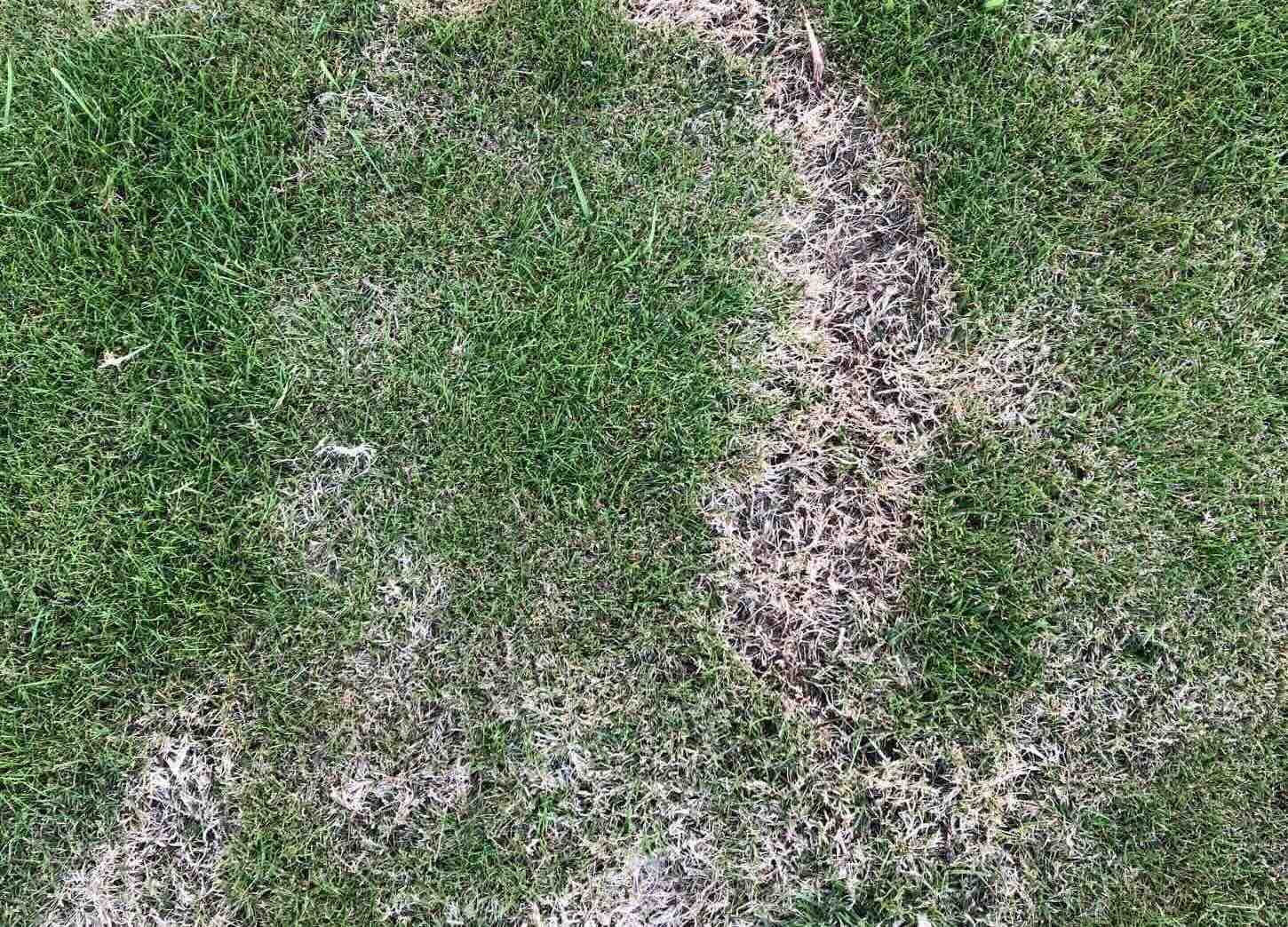
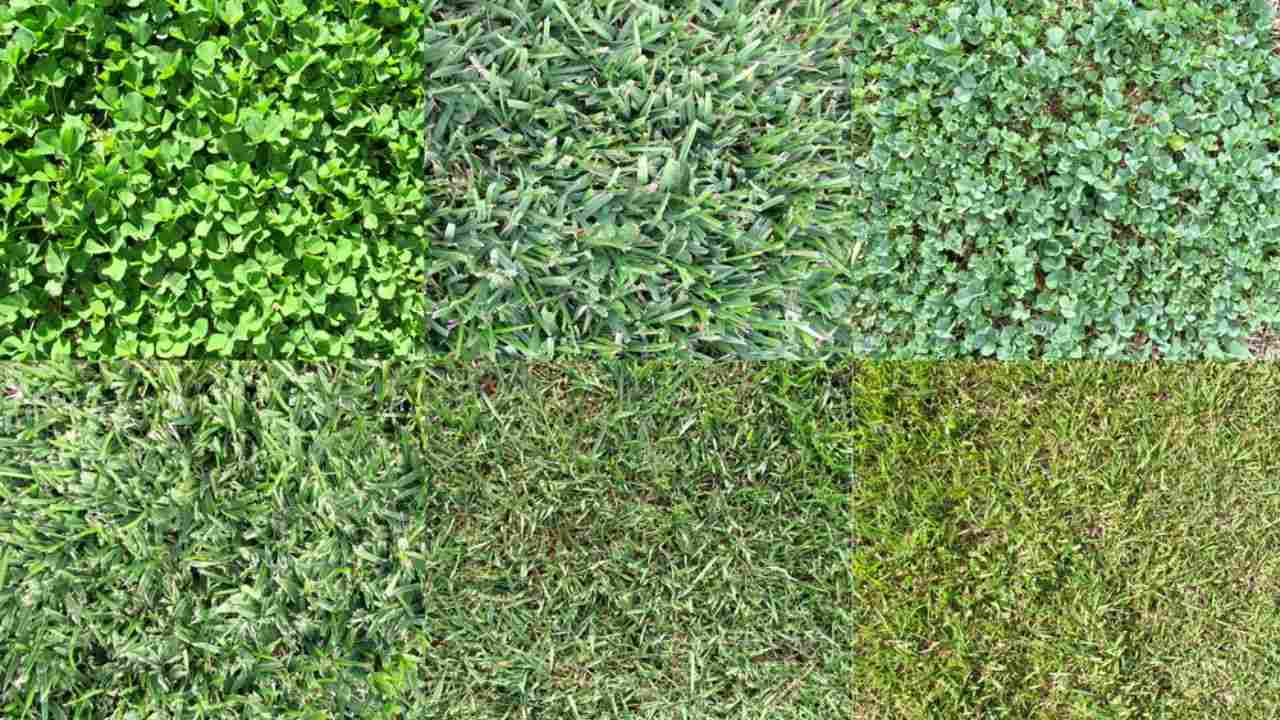
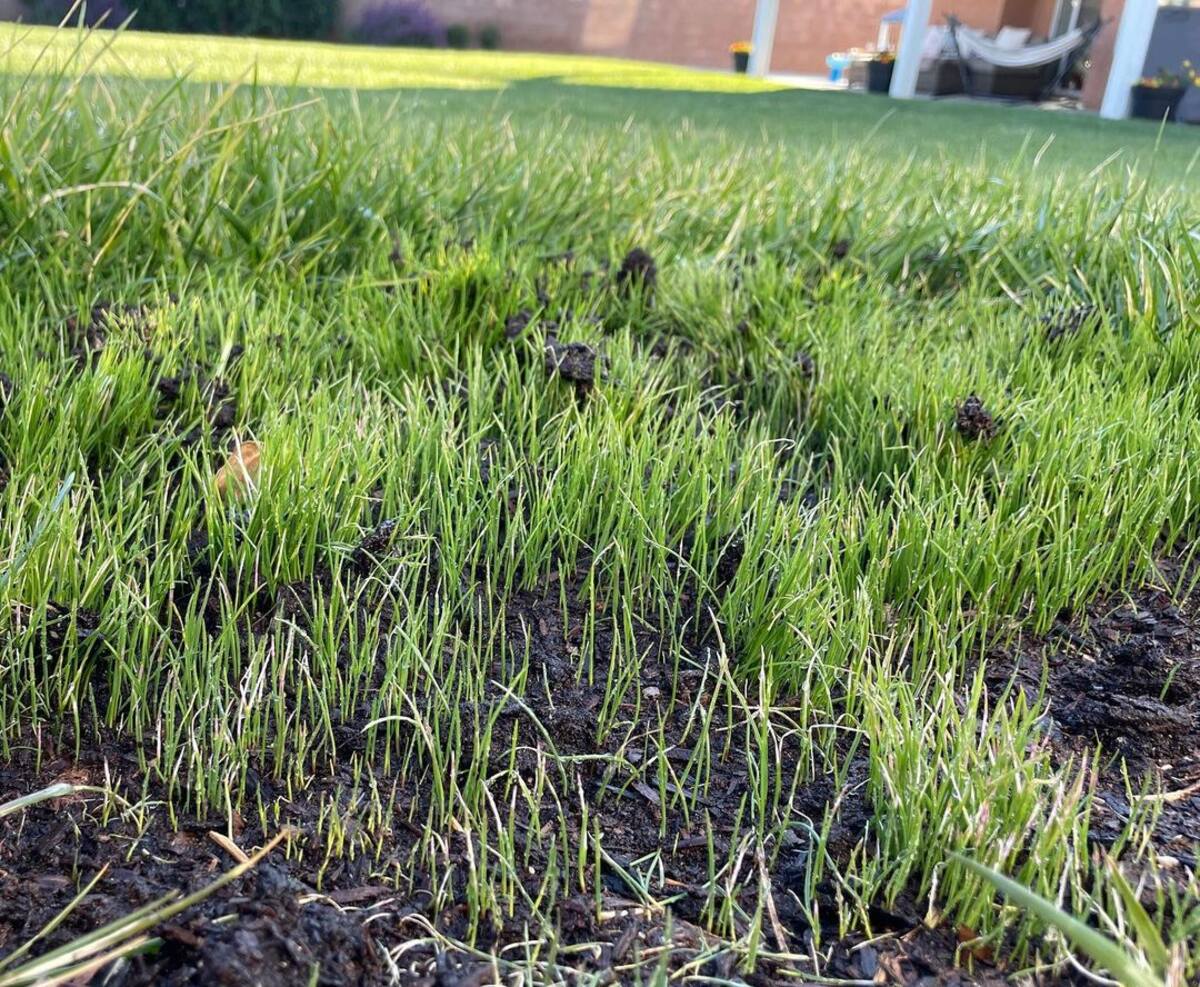

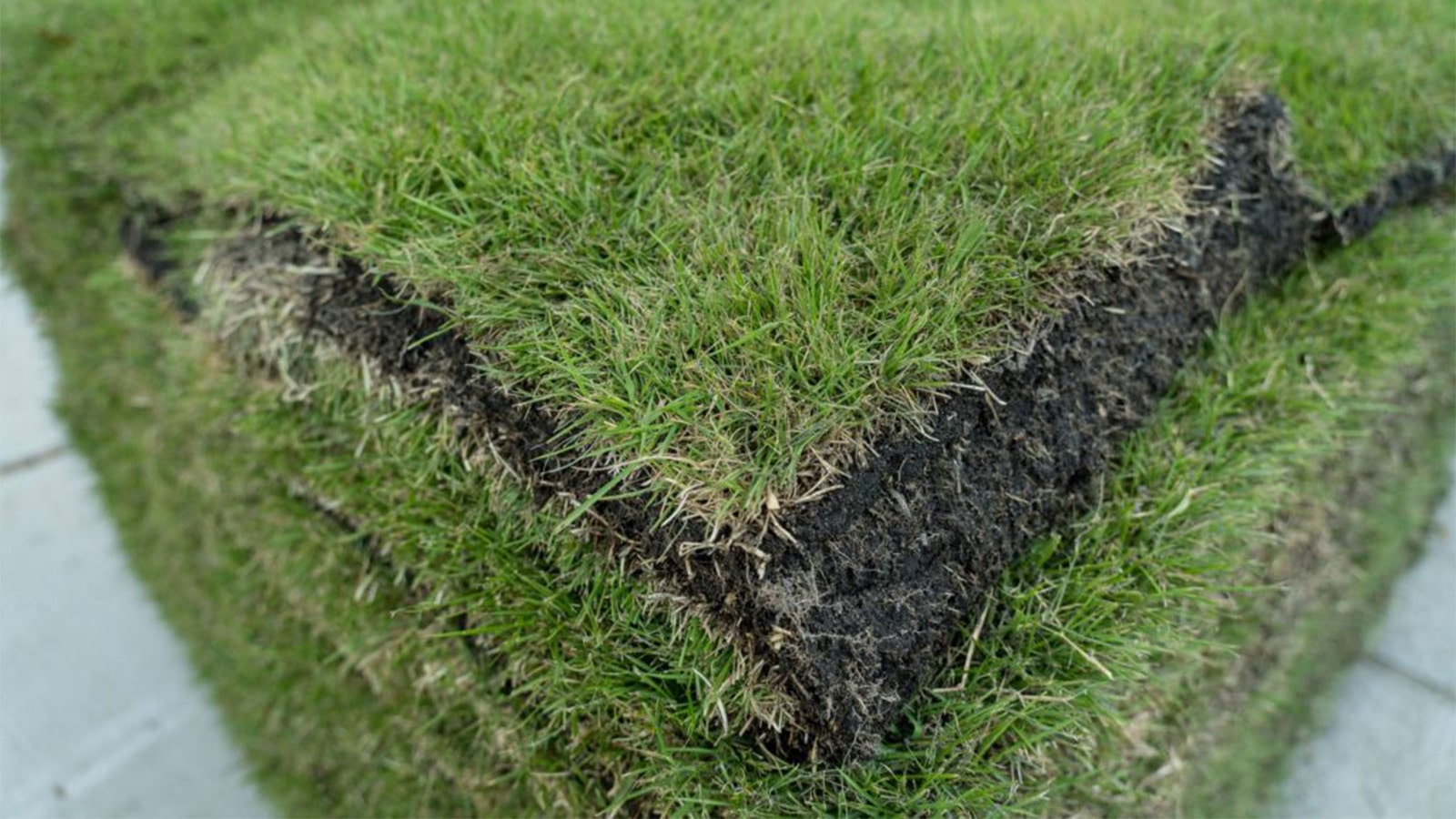
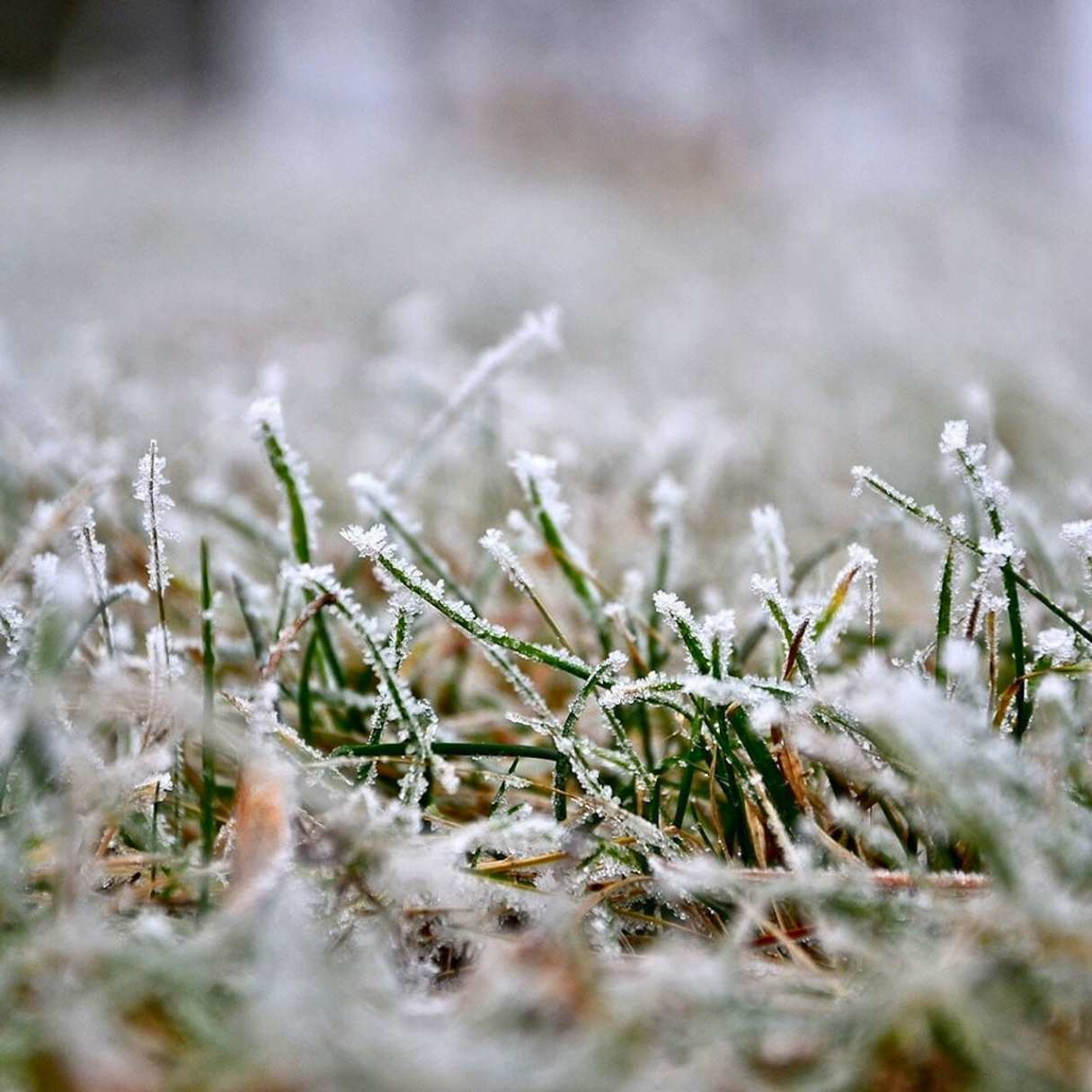
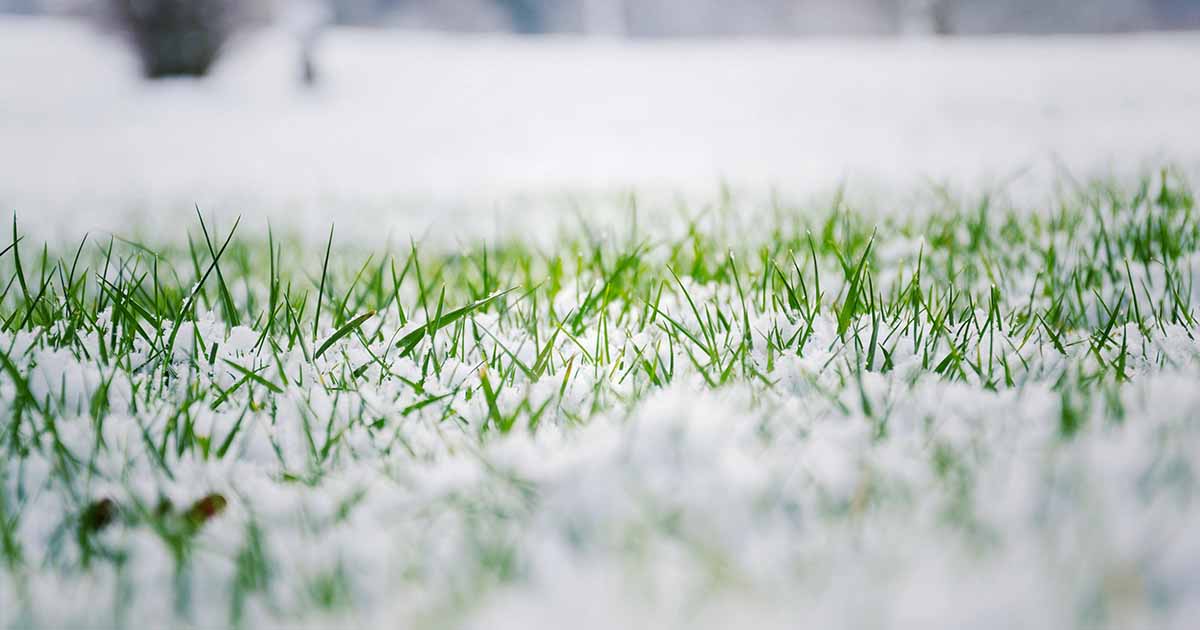
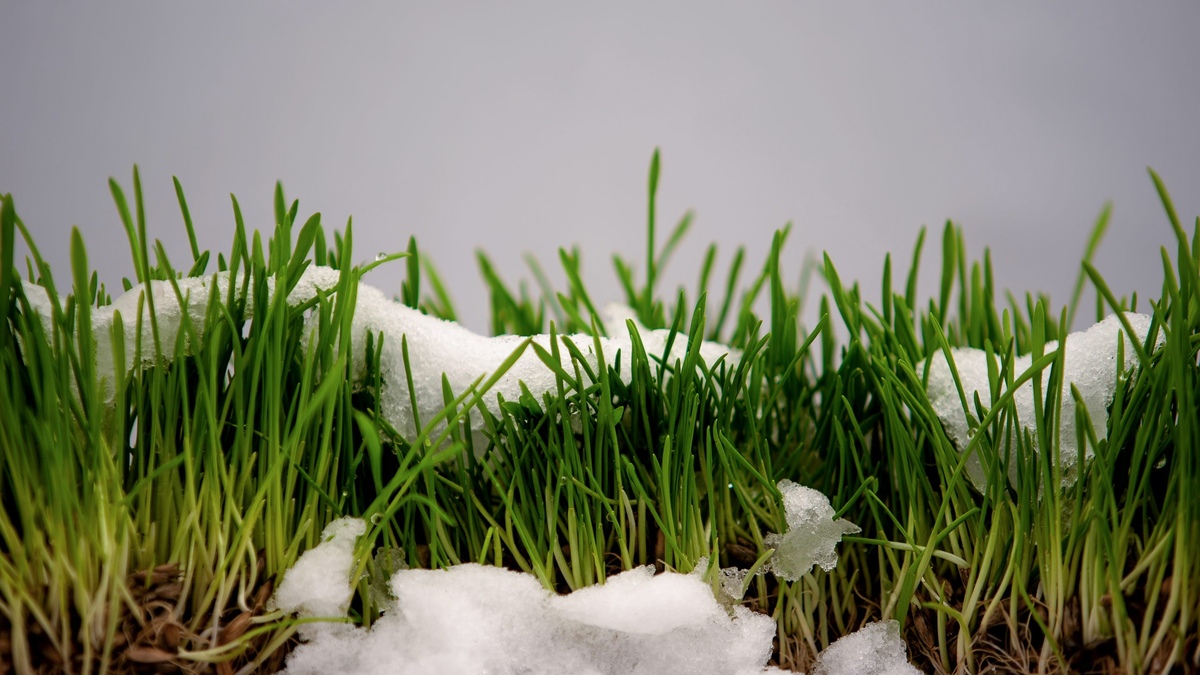
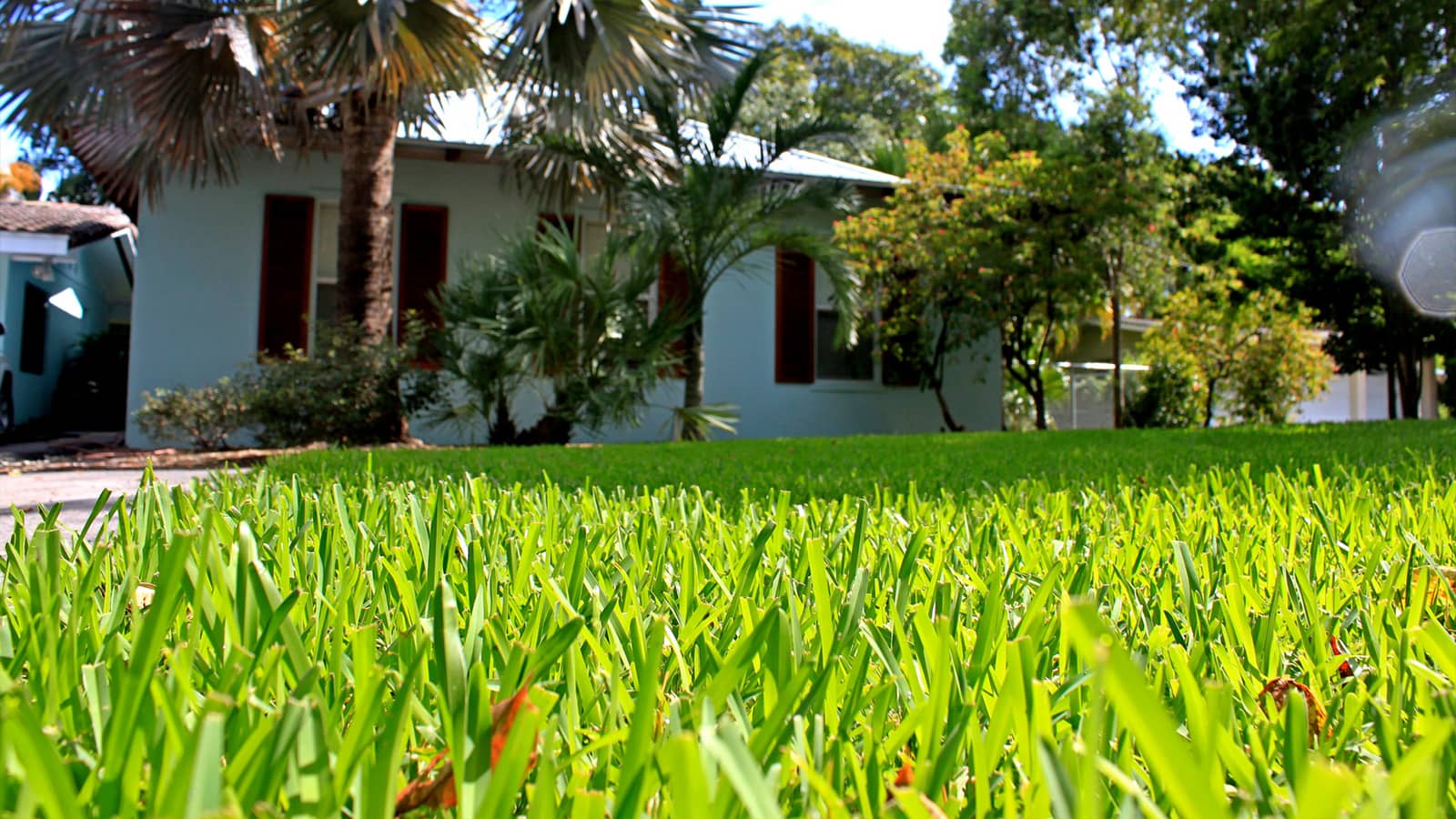
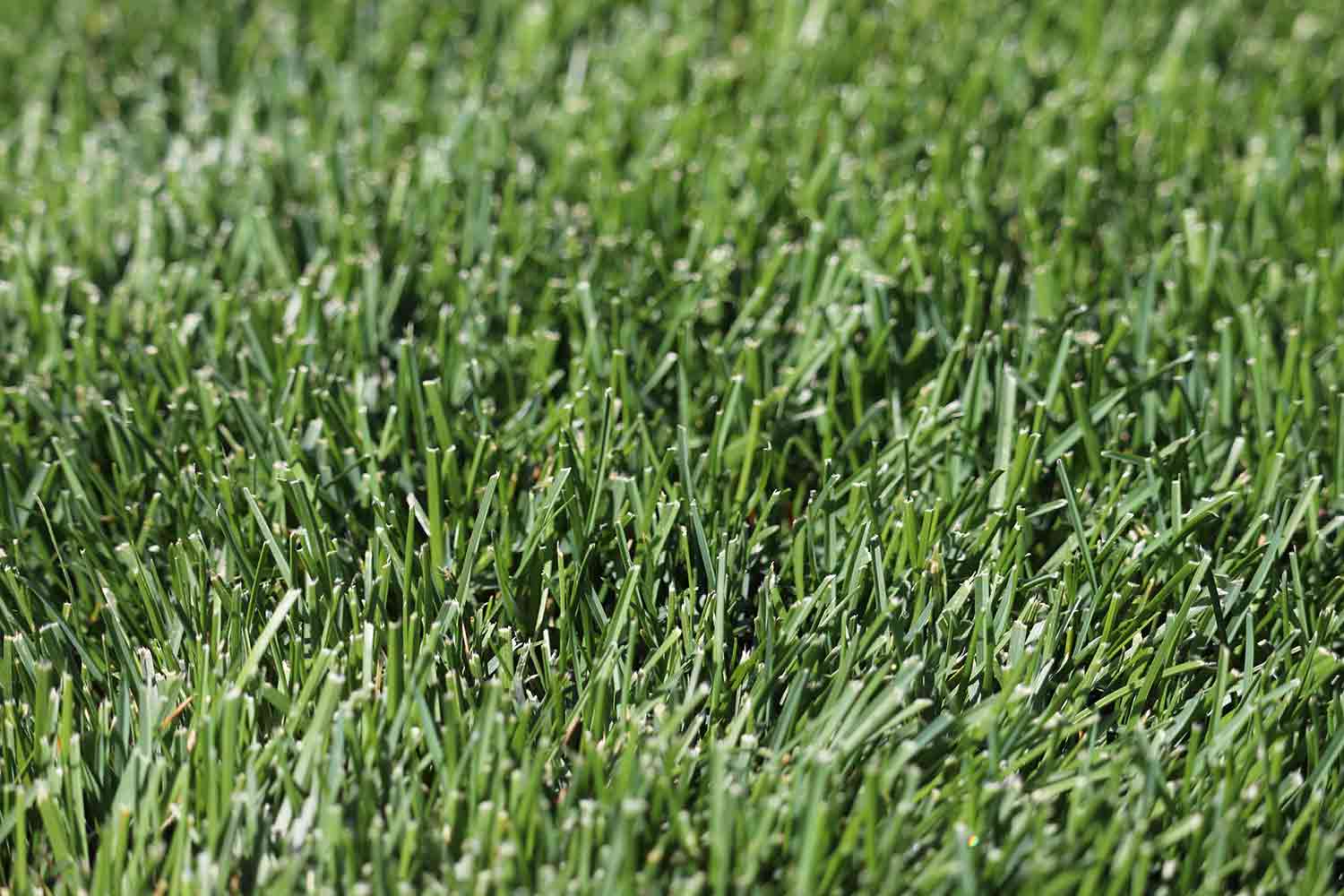
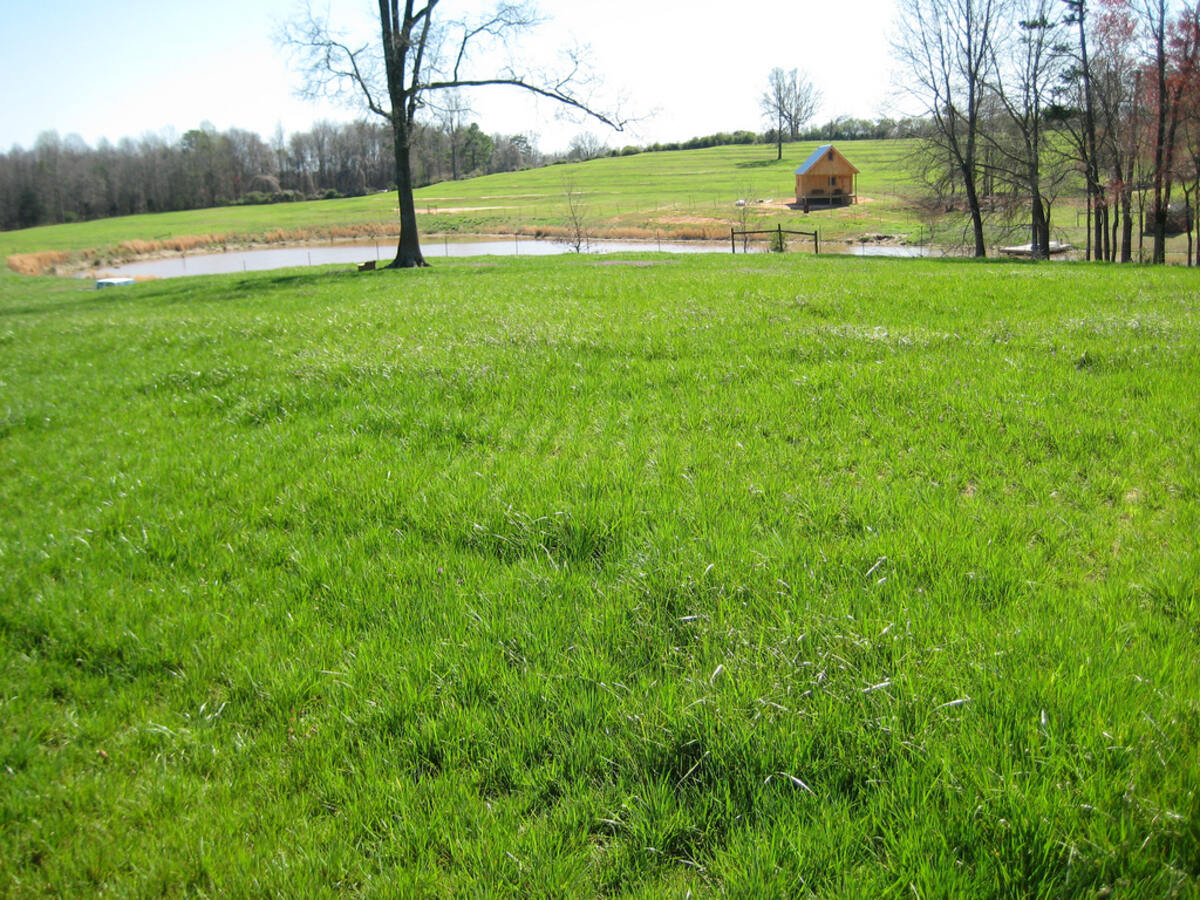
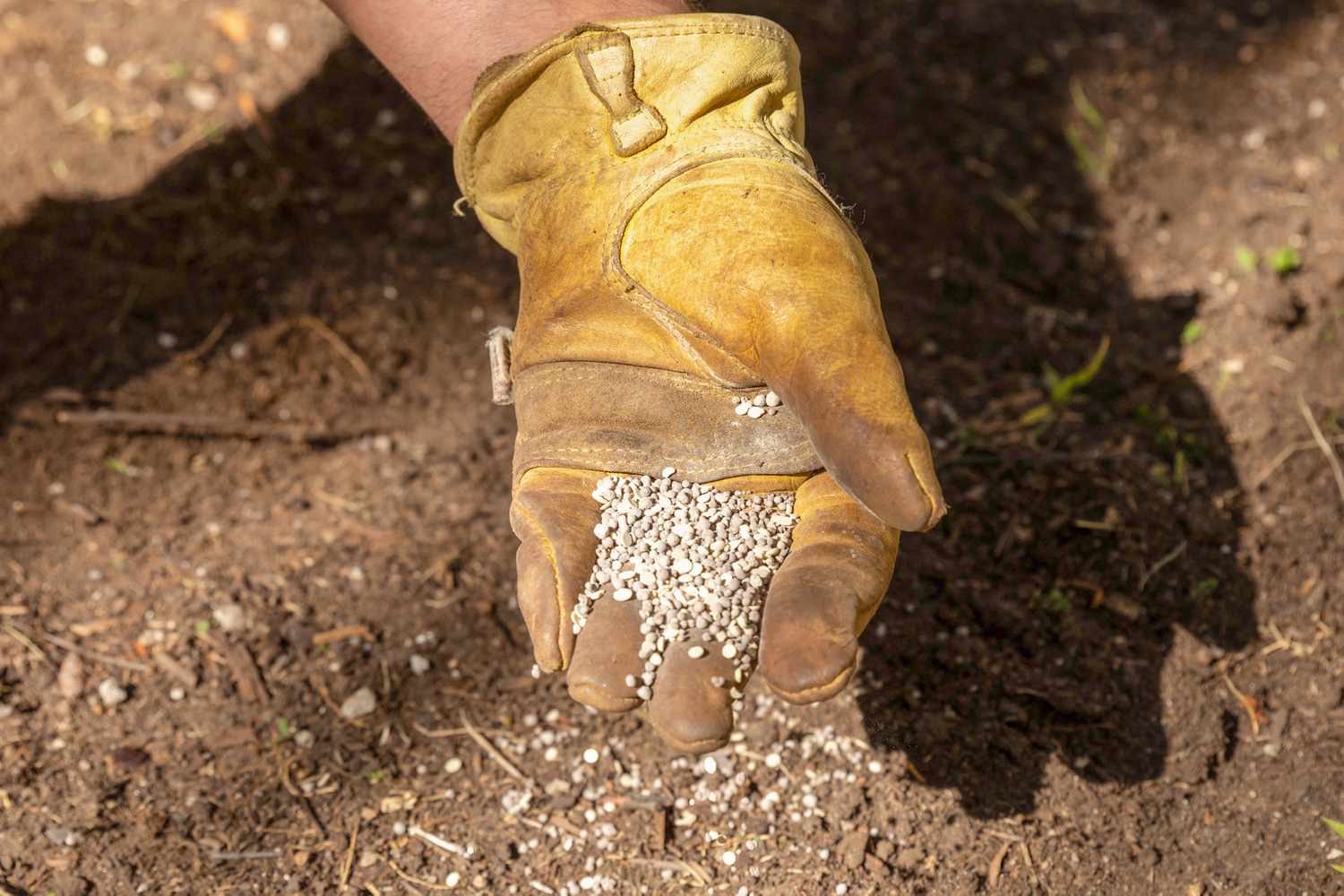
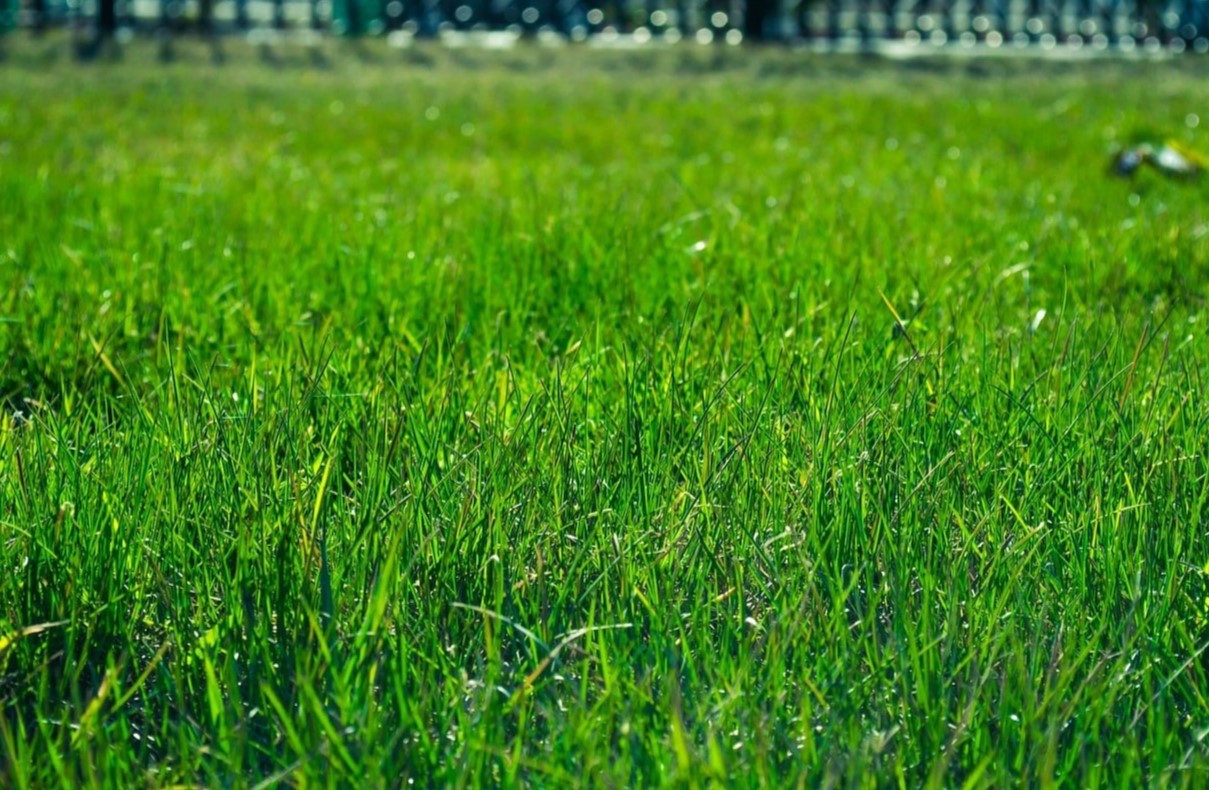
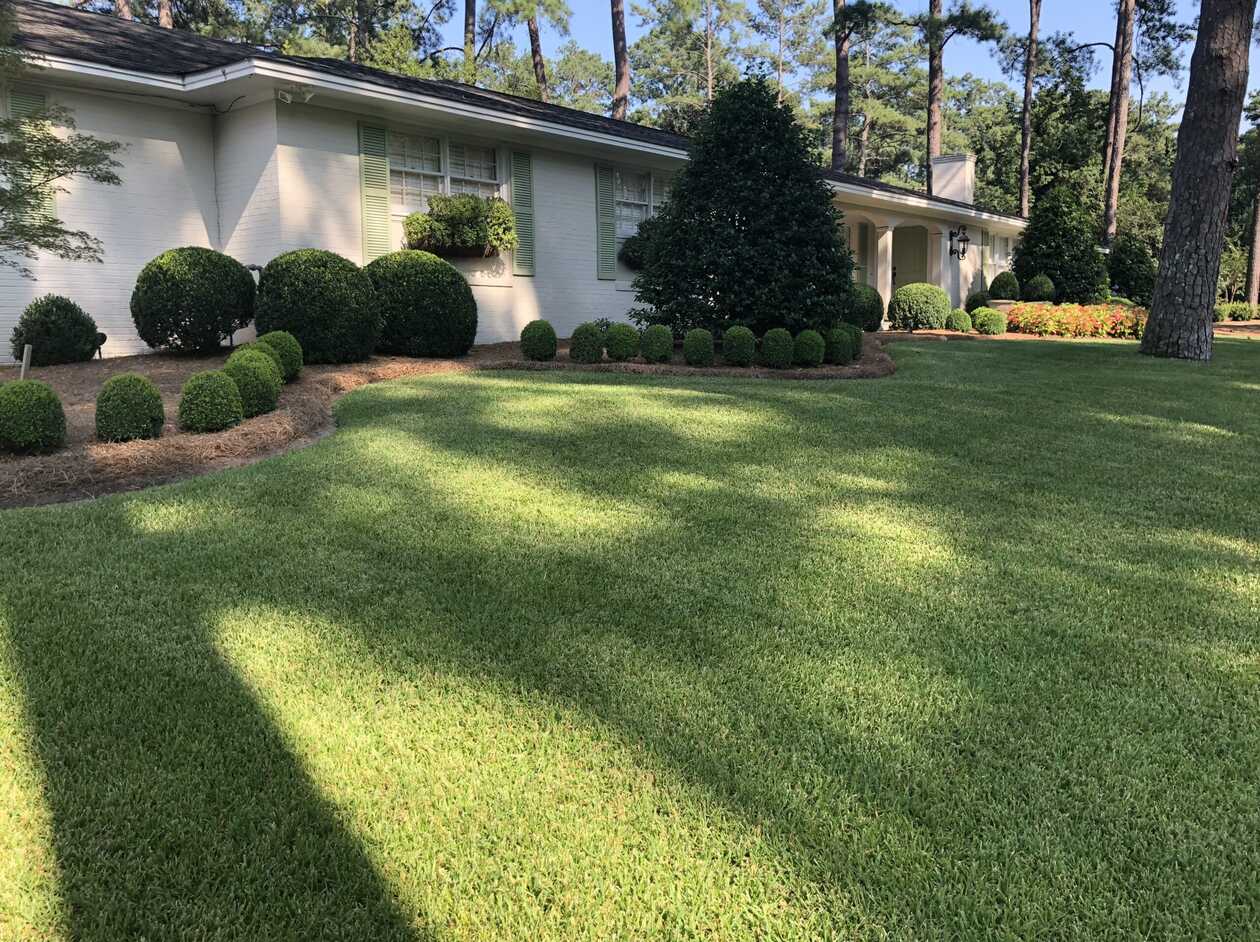
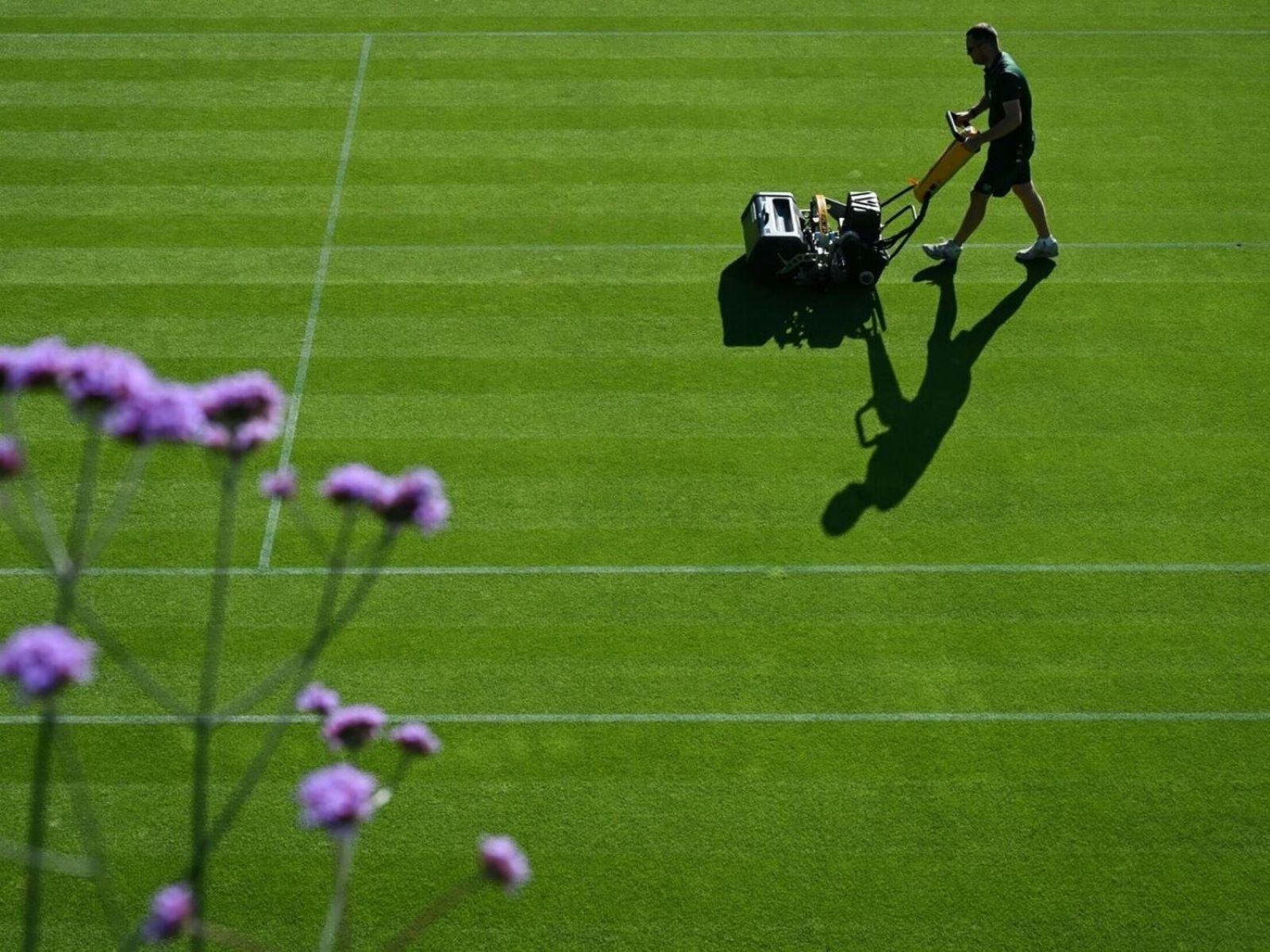

0 thoughts on “What Kind Of Grass Dies In The Winter”